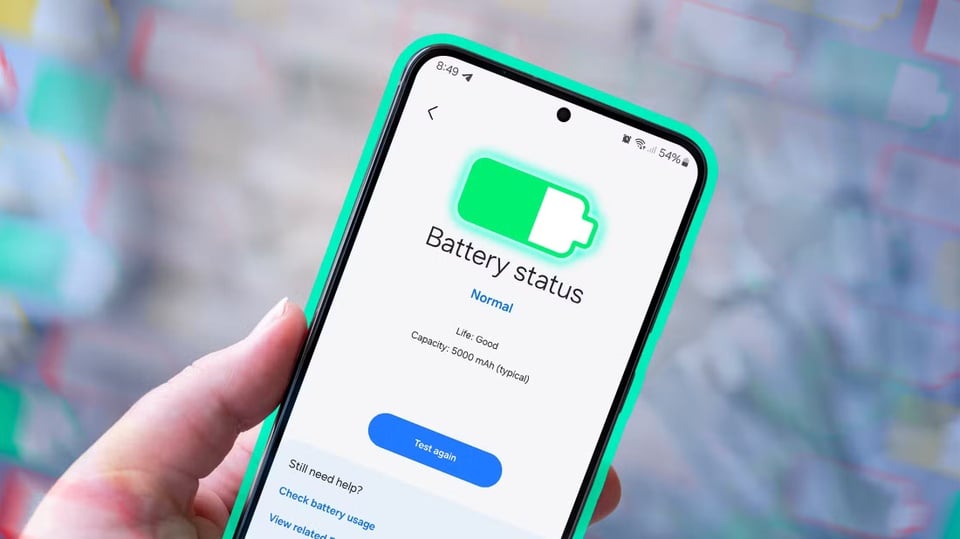 |
EU study shows Samsung smartphones have longer battery life than iPhones and Pixels. Photo: HowtoGeek . |
With Google's announcement of the launch of the Battery Performance Program for the Pixel 6a next week, phone battery health is becoming a hot topic of public interest.
Each full charge cycle wears out the device's battery, and repeating this process hundreds of times will result in a significant degradation in performance.
Typically, users only notice battery problems after a year of use. Now, however, a more effective method has emerged that allows consumers to assess battery life at the time of purchase.
Similar to many recent regulations that benefit smartphone consumers, the European Union (EU) has implemented a new phone rating program.
 |
Smartphones in Europe will be assessed and labeled with energy similar to household appliances. Photo: Ministry of Industry and Trade . |
Similar to the familiar energy labels on household appliances, these ratings convey information about energy efficiency, hardware durability, and most importantly, the number of charge cycles a phone can endure.
To compare battery performance across phones on the market, data from the EU energy label was compiled. Google devices, including the Pixel 9, Pixel 9 Pro, Pixel 9 Pro XL, Pixel 9a, and Pixel 8a, are all rated for a battery life of 1,000 charge cycles.
Meanwhile, many Samsung phone and tablet models stand out with more impressive charging cycles. The company's flagship products such as the Galaxy S25 series, Galaxy S24 series, Galaxy A56, Galaxy A36, tablets in the Galaxy Tab Active series, Tab S10 all reach 2,000 charging cycles.
All these figures have been verified through the EU's European Product Registration System for Energy Labels (EPREL).
As for Apple, the EU's system assessments show that all devices, from the iPhone 16 Pro Max to the iPad Air M3, have a battery life of just 1,000 charge cycles.
Currently, most devices on the market reach 1,000-1,400 charge cycles, which raises the question of how Samsung can increase the battery life of many phones and tablets to 2,000 cycles.
Experts say further technical analysis is needed to clarify how these numbers are determined and to what extent they reflect actual usage. In addition, the impact of different battery chemistries, such as silicon-carbon batteries in Chinese smartphones, is also an issue that needs further study.
Source: https://znews.vn/dien-thoai-samsung-co-tuoi-tho-pin-gap-doi-iphone-post1566024.html








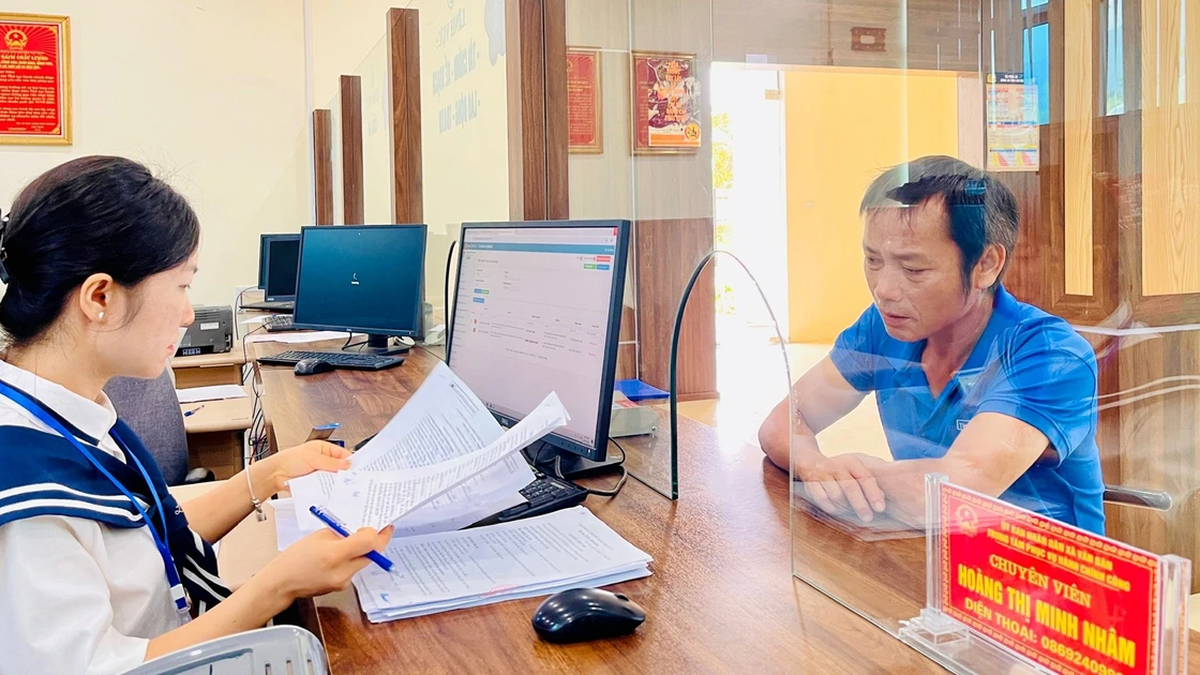
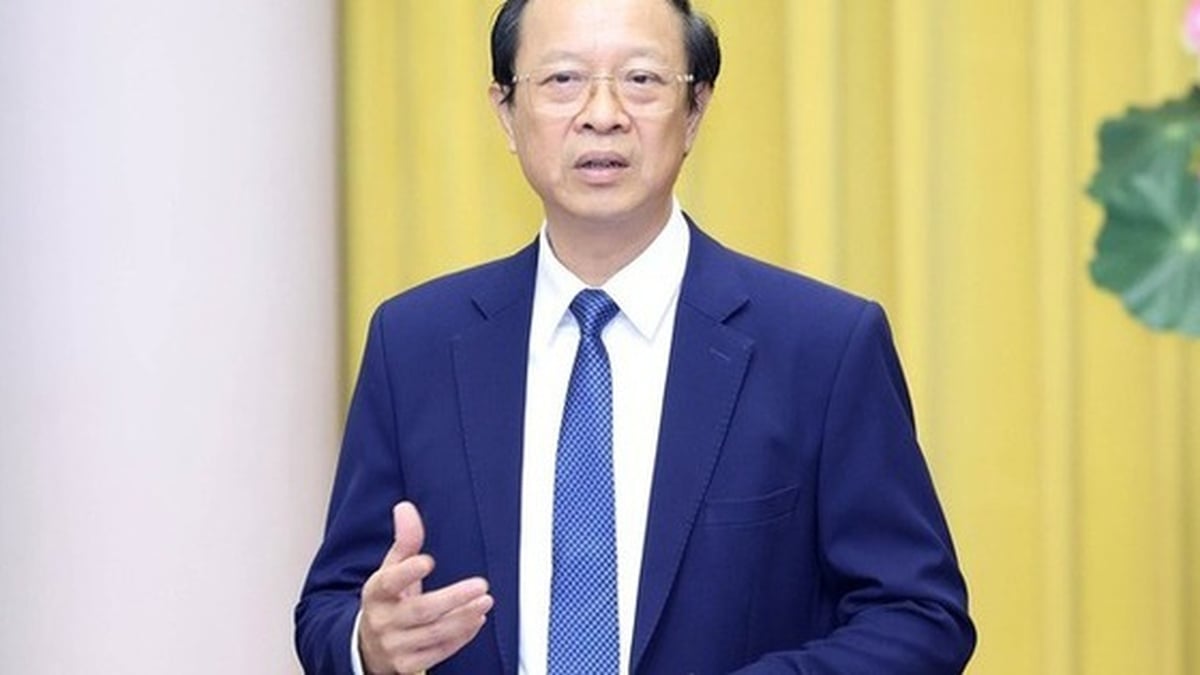

















![[Photo] Gia Lai provincial leaders offer flowers at Uncle Ho's Monument with the ethnic groups of the Central Highlands](https://vphoto.vietnam.vn/thumb/1200x675/vietnam/resource/IMAGE/2025/7/9/196438801da24b3cb6158d0501984818)































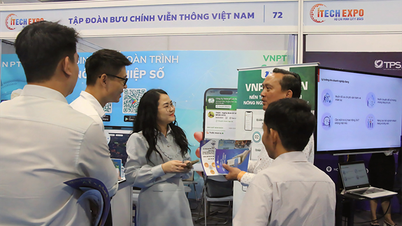


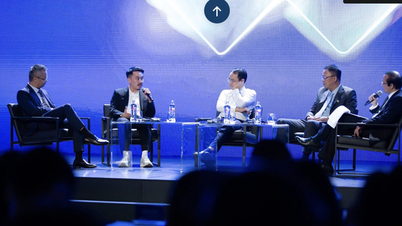



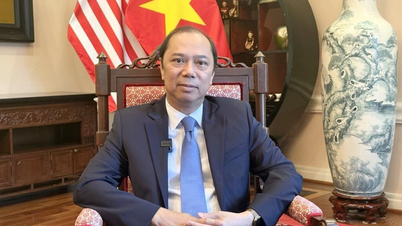






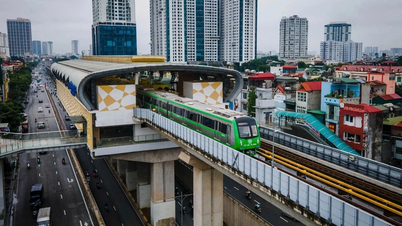







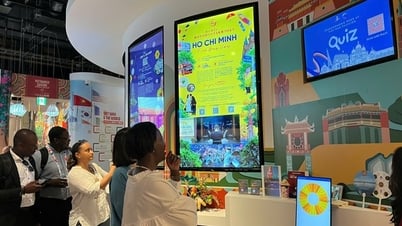








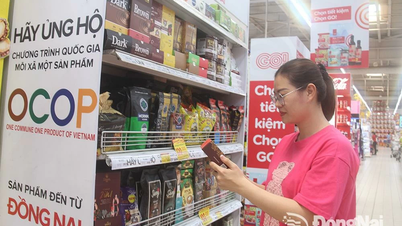









Comment (0)